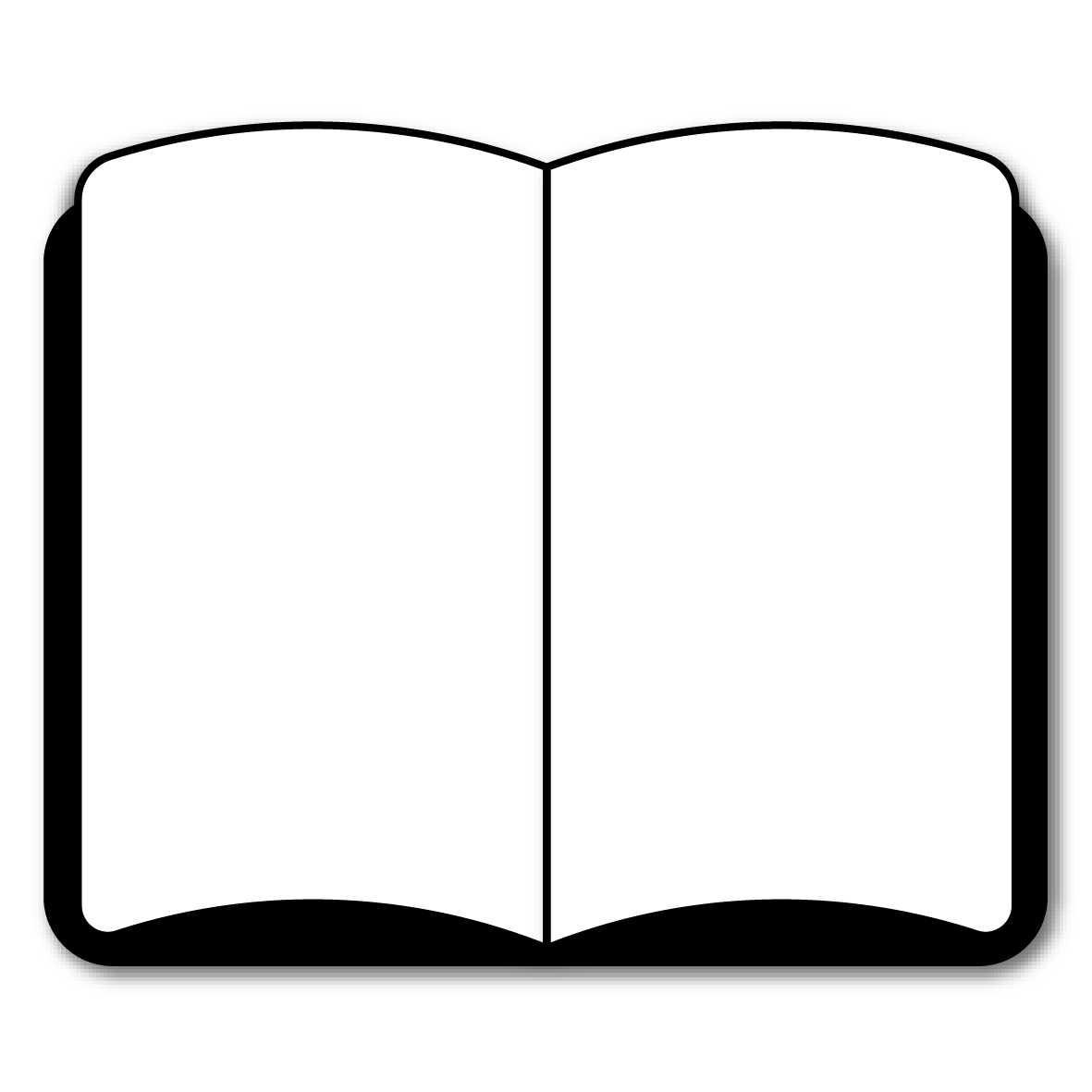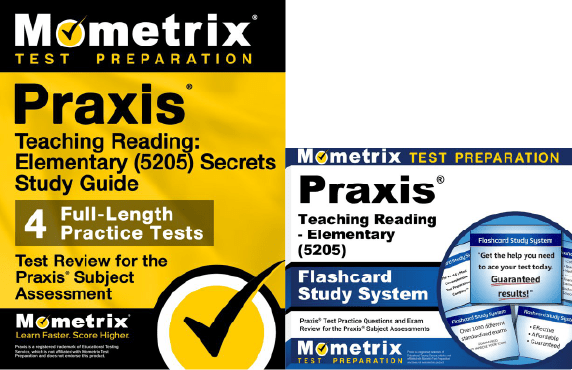If you need help studying for the Praxis® Teaching Reading: Elementary test or just want some more information about what the test is like, you’ve come to the right place!
Click below to take a free Praxis Teaching Reading: Elementary practice test!
What’s on the Exam?
First, let’s talk about the questions on the Praxis Teaching Reading: Elementary test. There are 93 questions in total, some being selected-response and others being constructed-response.
90 questions
Selected-response questions require you to select the correct answer from a list of options. Multiple-choice questions are the most common example, but you may also see true-or-false questions and “matching” questions, which ask you to match terms or concepts with their definitions.
Constructed-Response (CR)
3 questions
The constructed-response questions require you to write your answer instead of selecting from a list of choices. Your response to these questions is generally expected to be at least a few sentences, but you’ll be given specific details and instructions before you take the test.
The time limit for the test is 2.5 hours. There aren’t any scheduled breaks, but you’re free to take restroom breaks as needed!
Let’s take a closer look at the different sections of the test:
1. Phonological and Phonemic Awareness and Emergent Literacy
14 questions
- Methods for teaching phonological awareness
- Developing students’ expressive and receptive language components
- Teaching beginning readers print concepts
- Helping emergent readers fluently identify uppercase and lowercase letters
2. Phonics and Decoding
18 questions
- Phoneme-grapheme correspondence
- Teaching phonics systematically, explicitly, and recursively
- Common phonics patterns and rules
- Morphological analysis
- Syllable types and decoding multisyllabic words
- Multisensory approaches for supporting recognition of irregularly spelled words
3. Vocabulary and Fluency
21 questions
- Building, expanding, and using receptive and expressive vocabulary
- Teaching vocabulary systematically, explicitly, and recursively
- Matching an instructional method to word complexity
- Guiding students to understand a wide variety of words
- Instructional methods to foster students’ automaticity and prosody
- Supporting fluent reading behaviors
4. Comprehension of Literary and Informational Text
21 questions
- Supporting student’s listening comprehension
- Supporting students’ speaking and listening skills
- Activating and building students’ background knowledge
- Teaching comprehension explicitly and systematically
- Guiding students’ self-selection of texts to increase motivation and engagement
- Differentiating instruction, materials, and tasks
- Graphic and semantic organizers
- Genres, structures, and features of literary texts
- Literary devices
- Types, structures, and features of informational texts
- Using technology to support students’ ability to examine online resources and foster digital literacy
5. Written Expression
16 questions
- Writing as a recursive process
- Teaching writing to all learners
- Integrating reading and writing
- Using digital tools for writing, collaboration, and publishing
- Teaching various types of writing
- Connecting decoding and encoding as reciprocal skills
- Taking a systematic, multisensory, and explicit approach to spelling development
- The structure of written language
6. Assessment and Instructional Decision-Making
3 questions
How to Register
To register for the test, you’ll need to create an account on the ETS website. Once your account has been created, you can submit your application to take the test.
When you submit your registration, you will need to pay the $156 testing fee.
Praxis Scores
The Praxis Teaching Reading: Elementary test is scored using a scaled scoring method. Here’s how it works:
For every question you answer correctly, you get one point added to your raw score. At the end of the test, your final raw score will be converted to a scaled score. This scaled score will range somewhere between 100 and 200.
The reason your raw score is converted to a scaled score is because everyone that takes the test is given a slightly different set of questions. Since everyone has a different arrangement of questions, and because some questions are harder than others, converting your raw score to a scaled score ensures a more even playing field.
Online Praxis 5205 Prep Course
If you want to be fully prepared, Mometrix offers an online Praxis 5205 prep course. The course is designed to provide you with any and every resource you might want while studying. The Praxis 5205 course includes:
The Praxis 5205 prep course is designed to help any learner get everything they need to prepare for their Praxis 5205 exam. Click below to check it out!
FAQs
How many questions are on the Praxis 5205 exam?
The exam contains 93 questions.
What is the time limit for the Praxis 5205 exam?
The exam is timed at 2.5 hours.
What is the passing score for the Praxis 5205 exam?
You’ll need to get a final score of at least 159 to pass the exam.
How much does the Praxis 5205 exam cost?
The exam fee is $156.
Praxis is a registered trademark of Educational Testing Service, which is not affiliated with Mometrix Test Preparation and does not endorse this page.



 Praxis 5205 Online Course
Praxis 5205 Online Course Praxis 5205 Study Guide
Praxis 5205 Study Guide Praxis 5205 Flashcards
Praxis 5205 Flashcards

